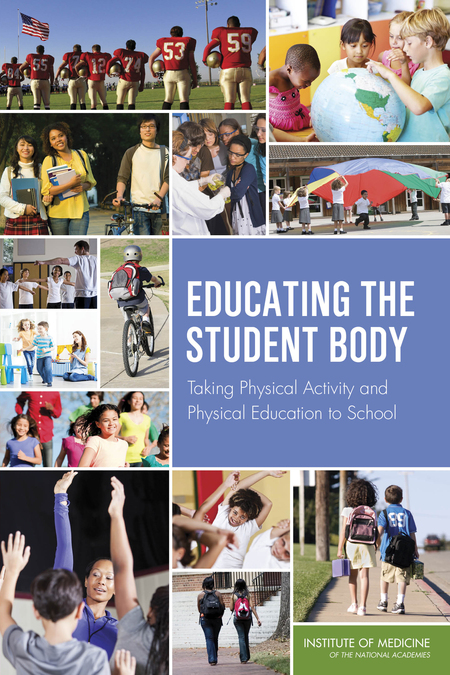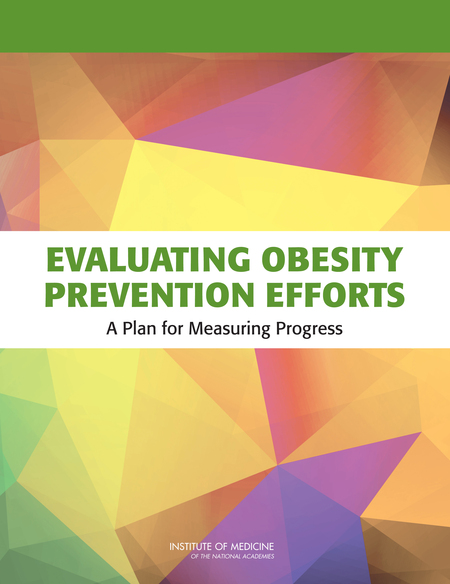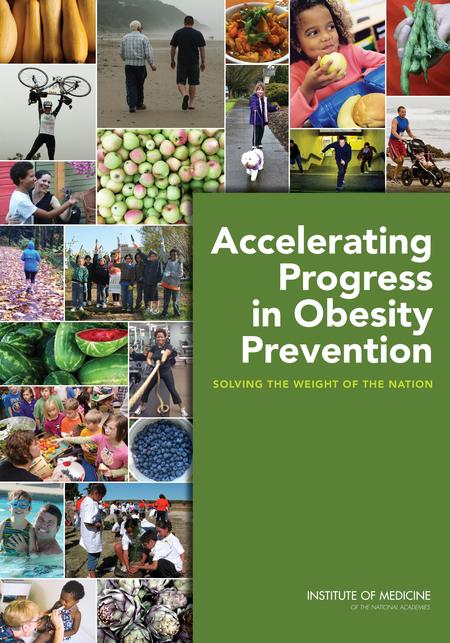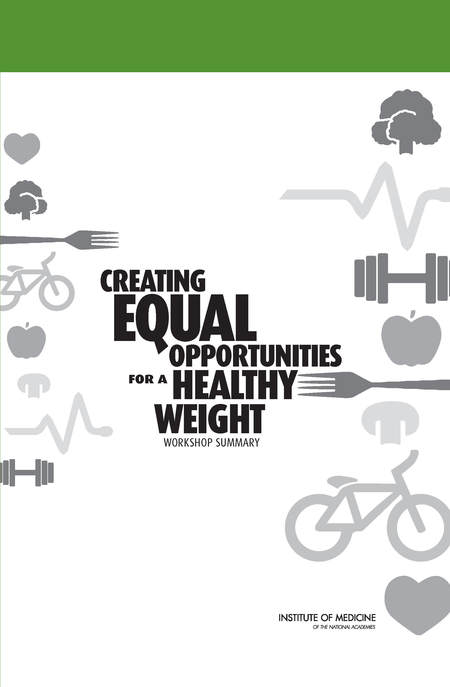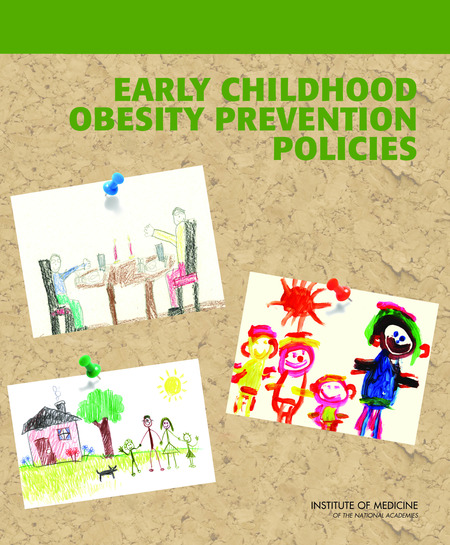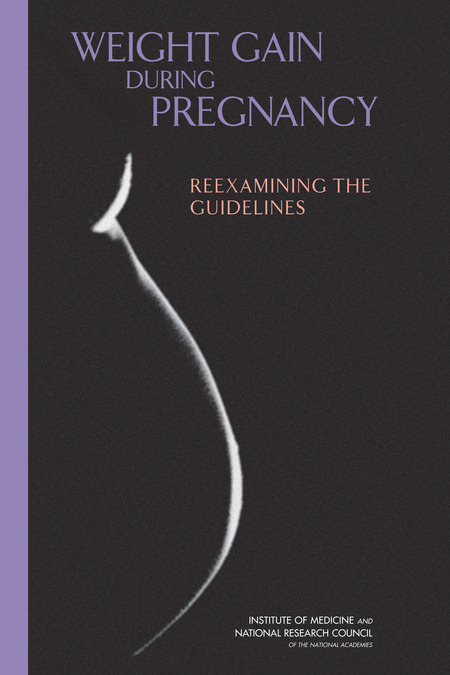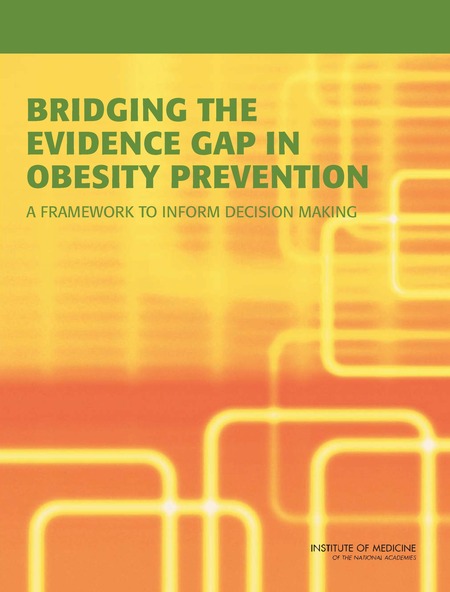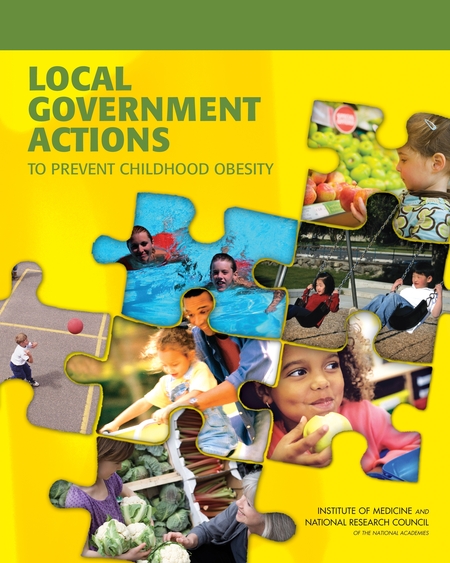Great news! According to a new report, the obesity rate among 2–5-year old children has dropped 43 percent during the past decade, the first significant decline in an epidemic that often leads to lifelong struggles with weight and higher risks for cancer, heart disease and stroke. The not-so-great news—we still face challenges to reduce the incidence of obesity in the United States, as a third of adults and 17 percent of youth are obese.
Reports about obesity from The Institute of Medicine provide guidance for health professionals, policymakers, schools, and concerned citizens to continue their efforts to improve the health of Americans. We’ve listed some of them below, and have more in our special collection of obesity titles. All are free to download.
Physical inactivity is a key determinant of health across the lifespan. A lack of activity increases the risk of heart disease, colon and breast cancer, diabetes mellitus, hypertension, osteoporosis, anxiety and depression and others diseases. … [more]
Obesity poses one of the greatest public health challenges of the 21st century, creating serious health, economic, and social consequences for individuals and society. Despite acceleration in efforts to characterize, comprehend, and act on this … [more]
One-third of adults are now obese, and children’s obesity rates have climbed from 5 to 17 percent in the past 30 years. The causes of the nation’s obesity epidemic are multi-factorial, having much more to do with the absence of sidewalks and the … [more]
Creating Equal Opportunities for a Healthy Weight is the summary of a workshop convened by the Institute of Medicine’s Standing Committee on Childhood Obesity Prevention in June 2013 to examine income, race, and ethnicity, and how these … [more]
Childhood obesity is a serious health problem that has adverse and long-lasting consequences for individuals, families, and communities. The magnitude of the problem has increased dramatically during the last three decades and, despite some … [more]
As women of childbearing age have become heavier, the trade-off between maternal and child health created by variation in gestational weight gain has become more difficult to reconcile. Weight Gain During Pregnancy responds to the need … [more]
To battle the obesity epidemic in America, health care professionals and policymakers need relevant, useful data on the effectiveness of obesity prevention policies and programs. Bridging the Evidence Gap in Obesity Prevention identifies … [more]
The prevalence of childhood obesity is so high in the United States that it may reduce the life expectancy of today’s generation of children. While parents and other adult caregivers play a fundamental role in teaching children about healthy … [more]
